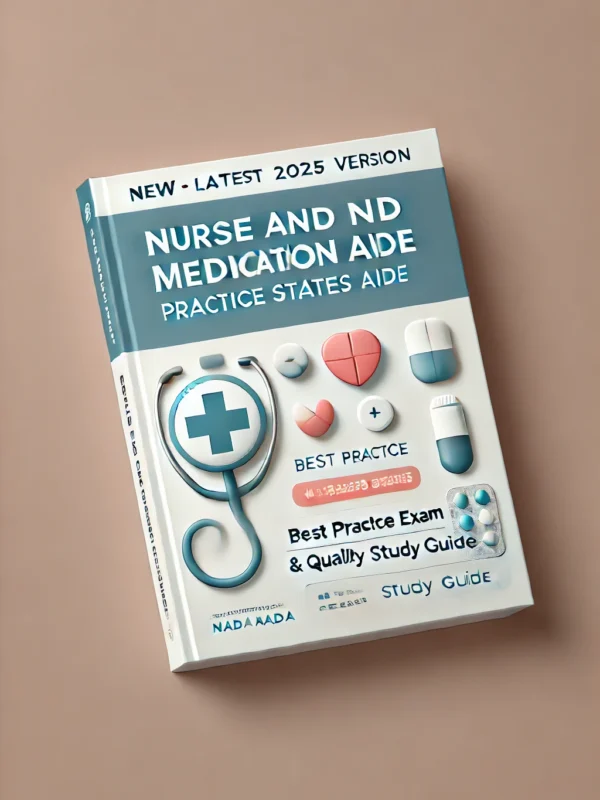Boost your preparation for the R01 Financial Services Regulation exam with this 2025 Mock Exam, featuring 100 practice questions and answers crafted for certification success. Ideal for candidates targeting the R01 exam, this resource covers critical topics such as regulatory frameworks, compliance, ethics, and risk management, fully aligned with 2025 standards. The 100 practice questions are designed to replicate the actual exam format, with detailed answers offering clear explanations to enhance your understanding of financial regulations. This mock exam is your essential guide to gaining confidence and achieving R01 certification in 2025.
Preview
1. What is the impact of EU legislation on the UK financial services industry?
A. It has no direct impact
B. It controls the policies of the Financial Conduct Authority
C. It regulates all changes to the industry ✅
D. It influences how the Financial Conduct Authority creates its own policies
Rationale:
EU legislation historically played a significant role in shaping UK financial regulations.
Before Brexit, the UK followed EU directives and regulations, ensuring consistency across
the European financial markets. Even post-Brexit, some EU laws continue to influence UK
policies.
2. Why does the return offered by companies issuing corporate bonds tend to be
greater than that available on government-issued stock?
A. To compensate for the possibility of non-repayment of interest or capital ✅
B. Because of the additional tax that needs to be paid by bondholders
C. Because the frequency of interest payments is greater on government stocks
D. Because the minimum amount accepted as an initial investment is typically higher for
corporate bonds
Rationale:
Corporate bonds have higher yields because they carry higher risks, including the
possibility that the issuer may default on interest or capital repayments. In contrast,
government bonds are typically considered lower-risk investments.
3. Government-approved products fall within clearly defined CAT standards. Which
three specific areas are covered?
A. Charges, Accounts, and Tax
B. Charges, Access, and Transfers
C. Charges, Access, and Terms ✅
D. Charges, Accounts, and Transfers
Rationale:
CAT standards (Charges, Access, and Terms) were introduced to ensure that financial
products offer fair and transparent terms to consumers, particularly in savings and
investment products.
4. Friendly Societies were originally able to offer a very attractive investment
proposition to their customers for what reason?
A. Ability to invest in funds that other providers couldn’t
B. All policies were treated as qualifying, whatever the term
C. Investors had complete exemption from taxation on their funds ✅
D. Guaranteed bonus payments to investors for each year’s investment
Rationale:
Friendly Societies historically offered tax advantages, making them appealing investment
vehicles. Investors could benefit from tax-free returns under certain limits.
A. It has no direct impact
B. It controls the policies of the Financial Conduct Authority
C. It regulates all changes to the industry ✅
D. It influences how the Financial Conduct Authority creates its own policies
Rationale:
EU legislation historically played a significant role in shaping UK financial regulations.
Before Brexit, the UK followed EU directives and regulations, ensuring consistency across
the European financial markets. Even post-Brexit, some EU laws continue to influence UK
policies.
2. Why does the return offered by companies issuing corporate bonds tend to be
greater than that available on government-issued stock?
A. To compensate for the possibility of non-repayment of interest or capital ✅
B. Because of the additional tax that needs to be paid by bondholders
C. Because the frequency of interest payments is greater on government stocks
D. Because the minimum amount accepted as an initial investment is typically higher for
corporate bonds
Rationale:
Corporate bonds have higher yields because they carry higher risks, including the
possibility that the issuer may default on interest or capital repayments. In contrast,
government bonds are typically considered lower-risk investments.
3. Government-approved products fall within clearly defined CAT standards. Which
three specific areas are covered?
A. Charges, Accounts, and Tax
B. Charges, Access, and Transfers
C. Charges, Access, and Terms ✅
D. Charges, Accounts, and Transfers
Rationale:
CAT standards (Charges, Access, and Terms) were introduced to ensure that financial
products offer fair and transparent terms to consumers, particularly in savings and
investment products.
4. Friendly Societies were originally able to offer a very attractive investment
proposition to their customers for what reason?
A. Ability to invest in funds that other providers couldn’t
B. All policies were treated as qualifying, whatever the term
C. Investors had complete exemption from taxation on their funds ✅
D. Guaranteed bonus payments to investors for each year’s investment
Rationale:
Friendly Societies historically offered tax advantages, making them appealing investment
vehicles. Investors could benefit from tax-free returns under certain limits.












Reviews
There are no reviews yet.